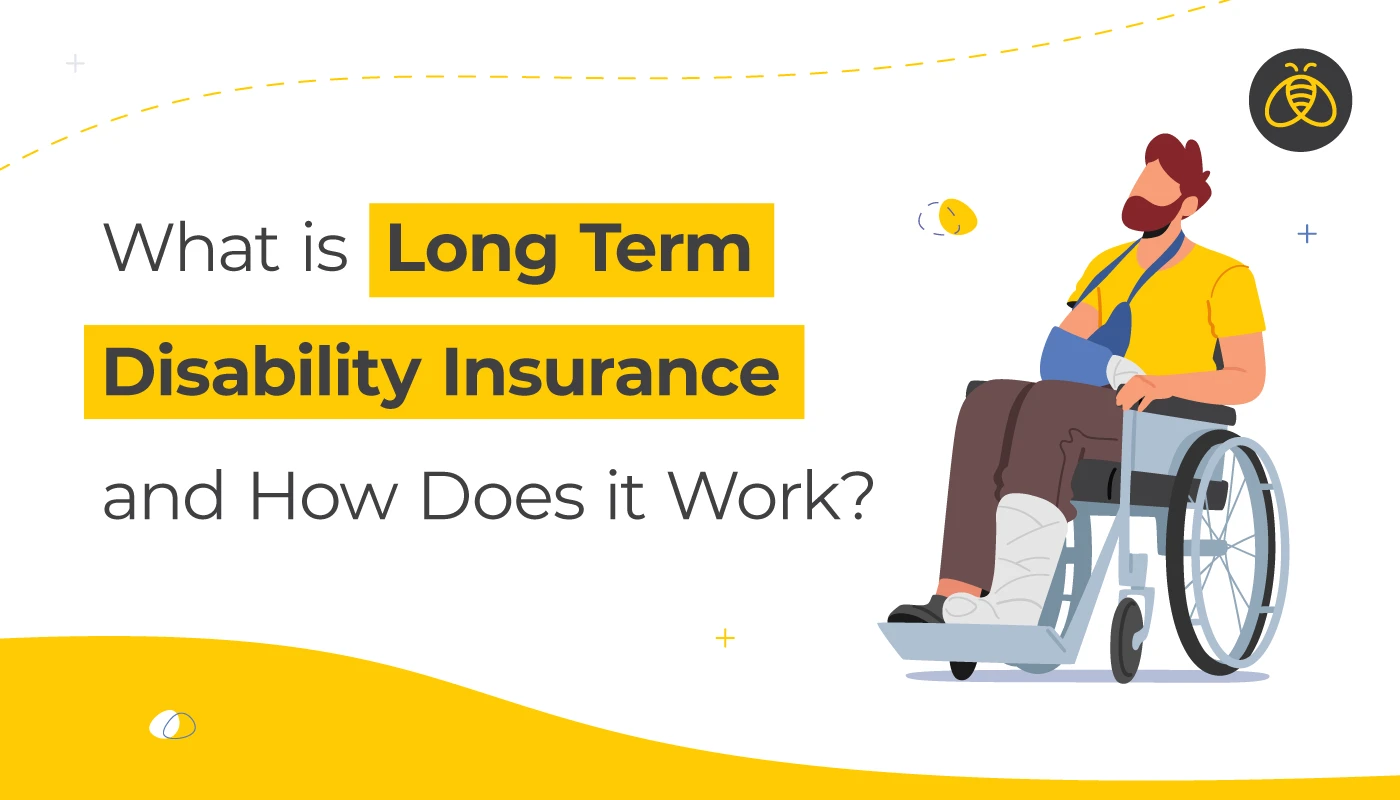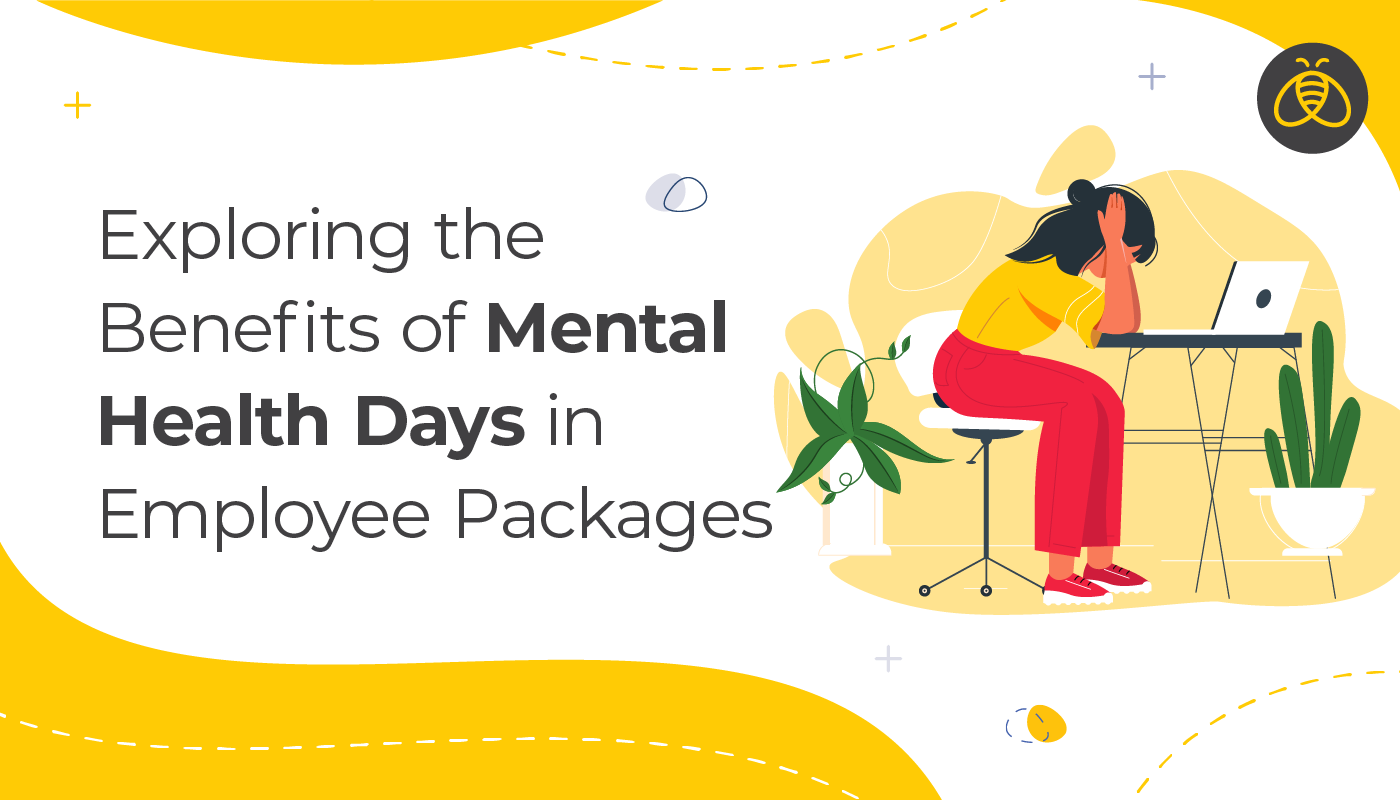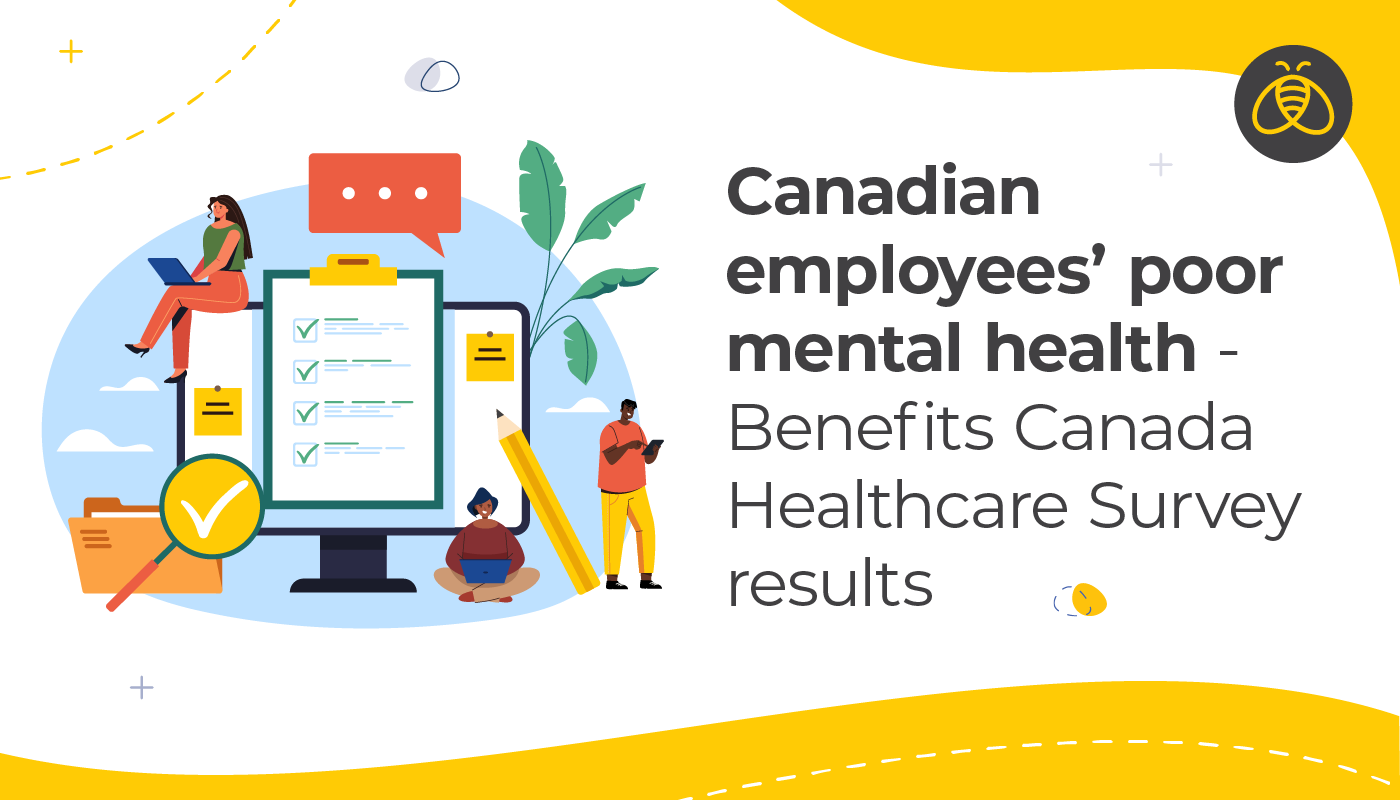What is Long Term Disability Insurance and How Does it Work?
By: Benefits by Design | Tuesday July 9, 2019
Updated : Thursday August 10, 2023
When you think of a disability, you’re likely thinking of a permanent disability, such as paralysis or a serious illness, that impacts a person’s ability to work and earn an income.
For example, consider a construction worker who becomes paralyzed from the waist down after a car accident. He’s no longer able to perform the duties of his normal job and earn his income, so what does he do? How can he continue to support himself and his family?
That’s where Long Term Disability (LTD) Insurance comes in.
What is Long Term Disability Insurance?
Long Term Disability (LTD) Insurance provides financial assistance when a covered plan member is unable to work due to an accident, illness or injury that prevents them from completing the duties of their own occupation. Depending on the nature of the disability, the benefit can provide income replacement up to age 65.
Why Should Employers Offer Long Term Disability Insurance?
Could your employees’ family maintain their current lifestyle if they were unable to work and bring in an income? Would they be able to pay their mortgage and utilities? Could they afford their car payment or be able to purchase enough groceries and clothing for the family?
These are tough questions, but the answers are important. Accidents happen when we least expect them. In cases where injury or illness prevents an employee from working and bringing in an income, protection is a must.
Here are the three big reasons why LTD should have a place in your employee benefits plan.
Provides Income Replacement
No one likes to think about needing a product like LTD, but in dire circumstances, it can supplement lost income in cases where an employee is unable to work and earn an income for a long time. This provides financial support for the family, reduces the financial burden, and hopefully makes a very stressful situation a little easier.
Accidents Happen
A typical 30-year-old has a four times greater chance of becoming disabled than he does of dying before age 65. A full one in six Canadians will be disabled for three months or more before the age of 50.
All that proves that it really can happen to anyone.
Attract and Retain Top Talent
Disability Insurance is a highly sought-after benefit. Prospective employees are looking at an employer’s benefit plan more and more. The more comprehensive the plan, the better, and Disability Insurance is near the top of the priority list.
How Does Long Term Disability Insurance Work?
Specific definitions of disability will vary by Insurer, however, LTD generally provides coverage for injuries or illnesses that prevent someone from performing the duties of their own occupation. LTD offers supplementary income for two years in their own occupation or up to age 65 if they are unable to work in any occupation.
For example, consider these common claims:
- Musculoskeletal disorders
- Cancer
- Pregnancy
- Mental health issues, including depression, and anxiety
- Serious injuries such as fractures, sprains, and strains of muscles and ligaments
Employee Benefits Entitlement While on a Long-Term Disability Claim
What is Short Term Disability (STD) Insurance?
LTD isn’t the only form of Disability Insurance!
As the name implies, Short Term Disability (STD) exists to replace a regular income for a short period, typically a maximum of 13 – 26 weeks. During this time, an employee can be off work while receiving a portion of their income. A very high percentage of employees will return to their job within the short term disability time frame.
Take a look at this infographic to understand how Short Term and Long Term Disability Insurance work to help protect the health, wealth, and wellbeing of employees.

Disability Insurance in Action: An Infographic
Let’s look at Disability Insurance in the form of a real-life example.
John is a 47-year-old Account Executive making $100,000/year. He’s a smoker with a low level of physical activity.
While driving to work one day, John experiences a minor stroke and crashes
his car. He is taken immediately to the hospital, where his initial injuries are assessed – broken arm, concussion, and whiplash.
Over the next few days, it becomes apparent that he has lost the use of his entire right side due to his stroke, and is unable to continue working until he regains his mobility and speech. He is set to begin physiotherapy in an attempt to restore his motor skills, but his doctors warn him and his family that the process could take several weeks, months or even years, and he will be unable to continue working during recovery. Fortunately, he has access to both Short-and Long-Term Disability Insurance through his employer.
Let’s follow John through his journey of diagnosis to recovery to see
how Short-Term Disability (STD) and Long-Term Disability (LTD) help him:
Short-Term Disability (STD)
After his crash, John is taken to the hospital immediately. Since his STD Insurance includes 1st-day hospital coverage1, his coverage period begins on day one. John recovers from his initial injuries in the hospital and remains for further testing over the next few days, which reveals the cause of the crash: a stroke.
John’s doctors inform him that he will require physiotherapy in order to restore his motor skills and that the recovery will take time. They advise him to confirm his coverage with his employer, who reminds him of his STD and LTD Insurance.
John completes the required forms to process an STD claim, including a statement from his attending physician, employer, and his own. His Insurer reviews the claim information and approves the STD claim, and his STD payments begin2. Because of his 1st-day hospital coverage, John receives back pay for the period between day one and the time his claim is approved.
Throughout John’s recovery, the Insurer is in regular communication with John and monitoring his condition and recovery. After 15 weeks, his recovery has been progressing well, but his STD coverage through his employer ends at 17 weeks. John now applies for Long-Term Disability (LTD) for his remaining recovery.
Extra Information
1st-day hospital coverage is an add-on for STD where the coverage period begins on the first day an employee enters the hospital, rather than the standard 8 days later.
Note: John will not begin receiving reimbursement until he has filed a claim that is approved by the Insurer.
John’s coverage is 66.67% of salary, with a maximum weekly payment of $1,200. Since John is a high earning employee at $100,000/year, he’ll hit his weekly maximum, and can expect $1,200/week during his STD period.
Long-Term Disability (LTD)
His LTD claim is approved and his coverage continues3 for the duration of his recovery. Slowly, John regains his speech and minor mobility, but even as his physical health increases, his mental health decreases, and he becomes more and more depressed as time goes on with limited mobility.
Fortunately, John’s employer also provides access to an Employee Assistance Program (EAP)4, which provides help and support through difficult periods in people’s lives. Knowing the increased levels of depression in LTD recipients, John’s employer is able to remind him about this aspect of his coverage, and between his physiotherapy and assistance through his EAP, John begins to feel better both physically and mentally.
After 12 more weeks, John has regained his speech and most of his mobility on his right side. He arranges to return to work on an accommodated work schedule5 (after gaining approval from his employer and the Insurer) starting with two days a week. His LTD payments continue, but are reduced by 50% of his return to work earnings6, until he is able to resume full-time work.
Over the next several weeks, John is able to return to work in full, with minimal financial disruption to his family thanks to the payments from his Disability Insurance. In total, John was unable to work for over half a year (29 weeks), and without his Disability Insurance coverage, John’s family might have had difficulty keeping up financially.
Extra Information
John’s LTD coverage percentage is the same as his STD benefit (66.67%). However, through LTD, John receives a monthly payment, rather than a weekly one. ($1,200 x4 = $4,800).
Note: These payments are subject to the No Evidence Maximum
(NEM) and Overall Maximum.
An Employee Assistance Plan (EAP) provides access to accredited professionals to help work through life’s challenges. In John’s case,
his depression and frustration during his long recovery period.
Employers are often able to provide accommodated work schedules to ease the transition back to work and get people feeling better faster.
John is receiving his maximum LTD benefit of $4,800/month. Based on his annual salary of $100,000, by returning to work two days a week at $415/day, John is earning $830/week. His monthly LTD payment is reduced by 50% of his total monthly return to work earnings ($1,660), and he will be paid $3,140 in LTD monthly.
$415/day x 2 days per week
= $830/week x 4 weeks = $3,320 x 0.50
= $1,660


